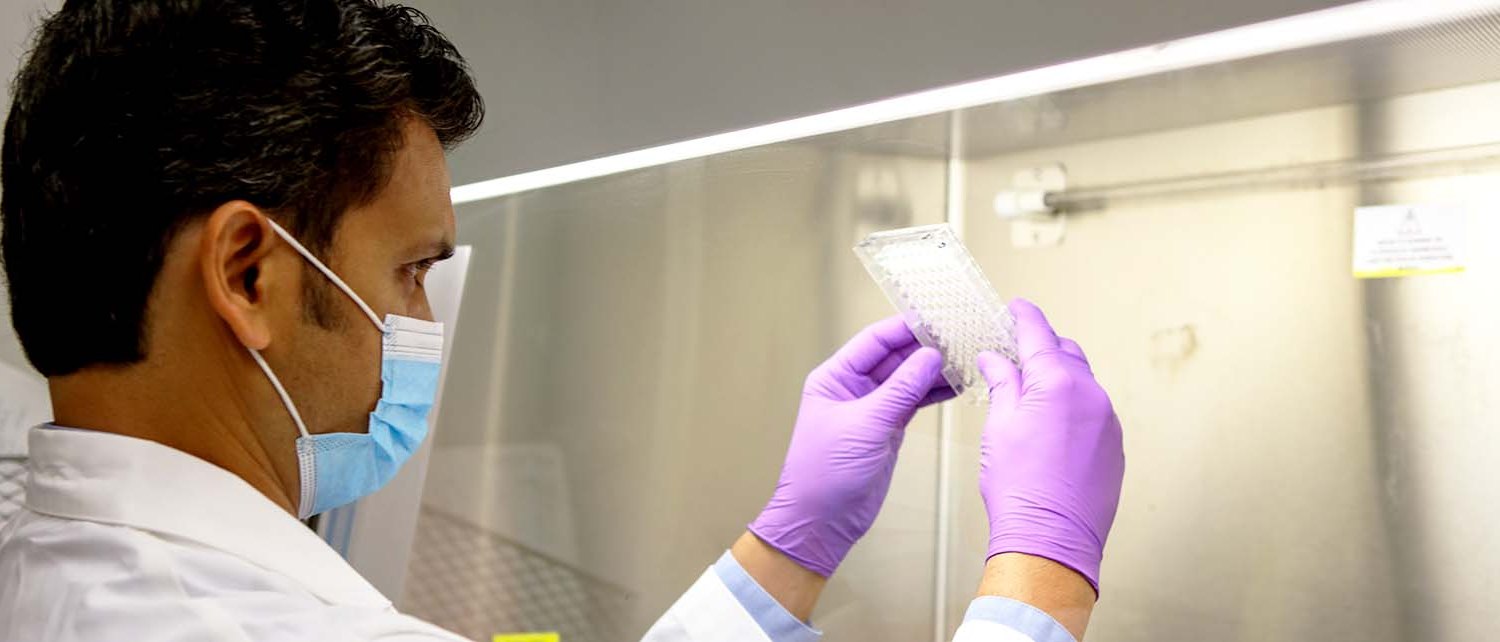NEW YORK, NY (20 January 2022) — Today, TB Alliance announced that it has received funding from the United States Agency for International Development (USAID) to jumpstart the search for new tuberculosis (TB) treatments, optimize current treatments so that they can treat children as well as adults, and strengthen health systems in high-TB-burden countries so that all people with TB disease can get treated and quickly return to full health. The funding of up to US$30 million will be administered over a period of 5 years.
In October, the World Health Organization (WHO) reported that the COVID-19 pandemic had severely impacted the progress made in fighting the TB pandemic, and that deaths from the disease had increased for the first time in more than a decade. In 2020, more than 40% of the estimated 9.9 million people who fell ill from TB were neither diagnosed nor treated.
“While the world was focused on the COVID-19 pandemic, the TB pandemic tightened its grip on the most impoverished parts of the world,” said Mel Spigelman, M.D., President and CEO of TB Alliance. “This is the danger we face in letting older diseases linger instead of eradicating them. We are grateful for the support and collaboration of partners like USAID; only by working together can we make up the ground that has been lost in the past two years.”
Because TB is such a difficult disease to cure, doctors need to use a combination of drugs. TB Alliance’s work in drug development is focused on finding new drug candidates and then testing new treatment regimens that include these candidates instead of shepherding individual drug candidates one by one through the lengthy clinical trial process.
TB Alliance will continue to work on developing new formulations of TB treatments that are appropriate for children, who require different dosing than adults. In 2010, the WHO established new dosage guidelines for children for the standard drug-sensitive TB regimen, but no new medicines were manufactured according to the new guidelines until TB Alliance and its pharmaceutical partners produced child-friendly doses in 2015.
This funding will also support TB Alliance’s Community Engagement program, working with communities that are hardest hit by TB so that they can access the full menu of TB prevention services that research institutions can provide. These communities also gain a better understanding of the clinical trial process and the benefits of participation, while the institutions learn how to best serve communities beset by a pandemic that is far older than COVID-19.
About Tuberculosis
Active TB must be treated with a combination of drugs; the most drug-sensitive forms of TB require at least four months of treatment using four anti-TB drugs. An estimated 1.5 million people died of TB in 2020, according to the World Health Organization (WHO), although the precise numbers are not known and recent research suggests that TB could have killed many more people.
Drug-resistant TB develops when the long, complex, decades-old TB drug regimen is improperly administered, or when people contract TB from others who have drug-resistant disease—highlighting the urgent need to develop better and shorter treatment regimens. Only an estimated one third of people with drug-resistant TB infections received treatment in 2020.


